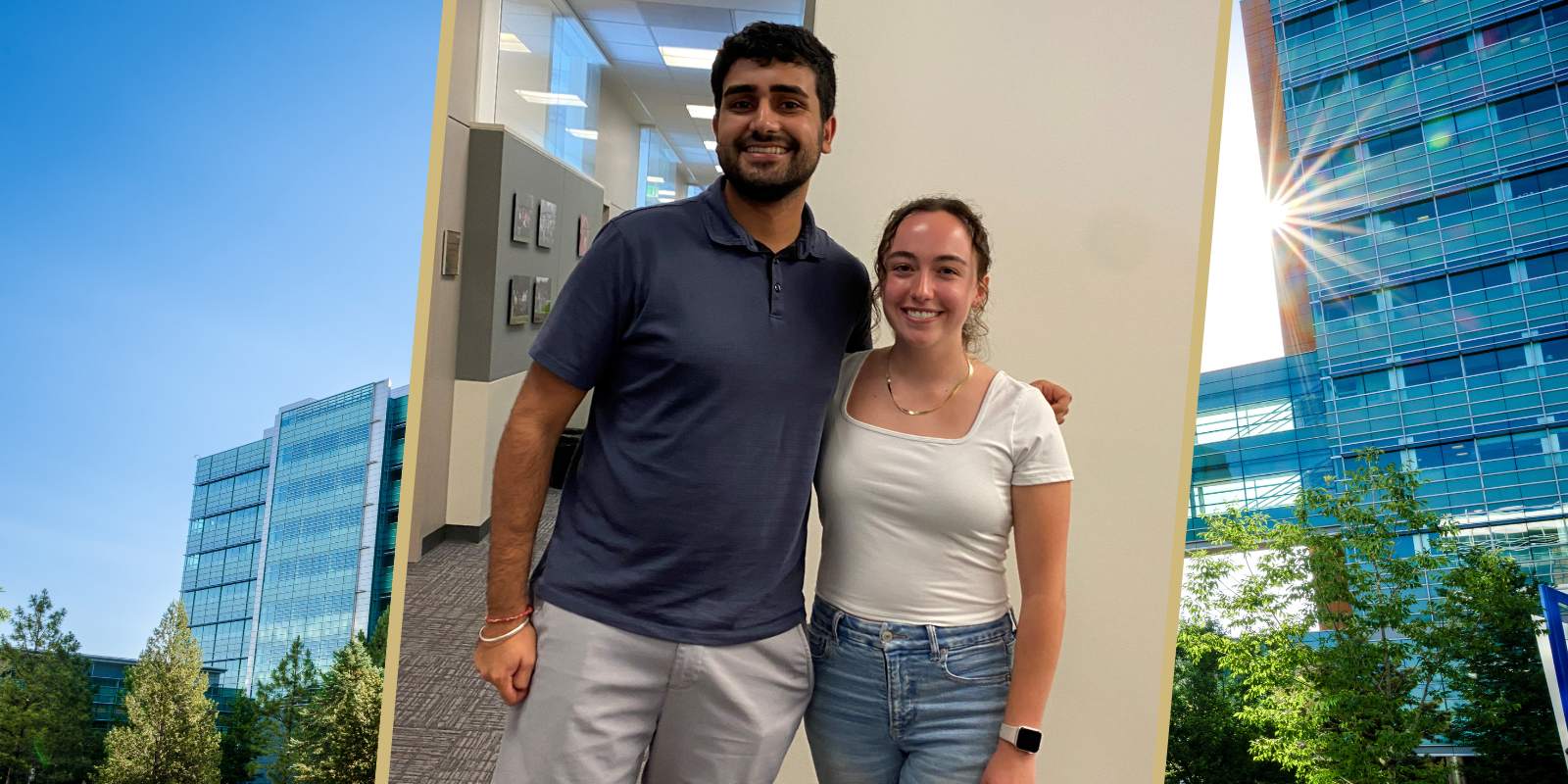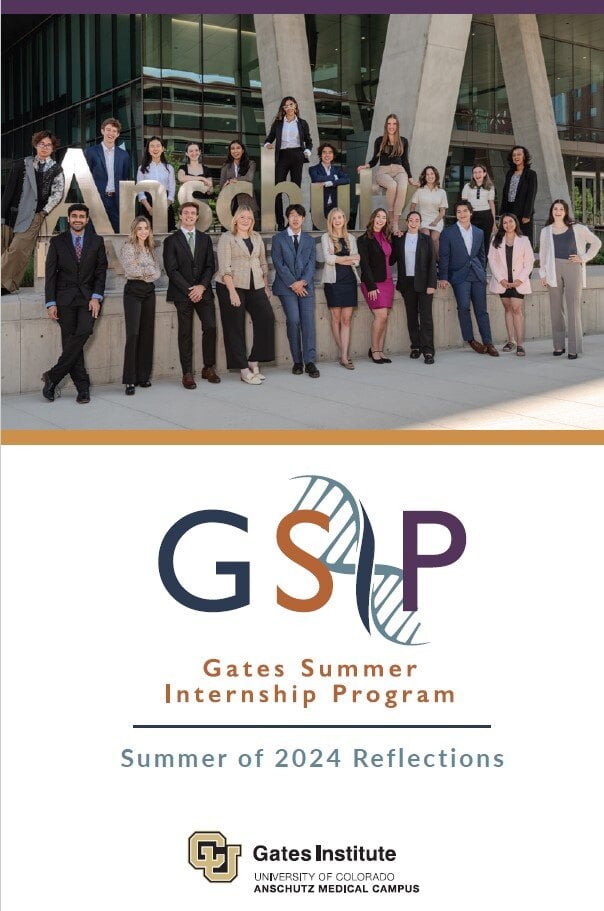Communication is the foundation of scientific progress. The greatest advancements made in scientific endeavors occur when scientists are consistently and accurately communicating research findings across multiple levels of complexity.
As scientists, many of us spent our very early scientific careers studying examples of previous scientific communication in our textbooks. We may have analyzed the early cladograms investigating evolutionary relationships initiated by Will Henning, studied the first drawing of a cell with a cell wall by Robert Hooke, or read Charles Darwin’s musings on evolution and adaptation.
At the surface level, these assignments seemed like a way to learn and appreciate how far science has progressed. They may have even left us bewildered by how little society once knew about the world around us compared to the depth of knowledge the scientific community possess now. However, digging a little deeper, these examples are an intricate study on communication – communication of the discovering, hypothesizing, experimentation, and analyses of many scientists that came before us.
This then allows us to investigate commonly asked questions about the way we as scientists discuss our research with the public: How do we best explain our results and our future directions? Who is privy to knowing and understanding scientific advancement? Is it only our scientific peers who have the privilege of learning, or do we have a responsibility to make science broadly understandable? These questions are asked time and again and, thus, require an analysis on how science is communicated today.
Let’s start at the level of the scientist. To bolster scientific expertise, the traditional scientific route is to gain an advanced degree in a particular field of interest. The route to a Ph.D., in particular, has designated checkpoints along the way to determine a student’s level of success. For a Ph.D. student at the University of Colorado Anschutz Medical Campus, these steps include a preliminary exam in the first year, a comprehensive exam in the third year, and a doctoral dissertation to complete the degree with numerous, smaller points at which we are required to share our research progress. Each of these hurdles requires us to discuss our science on both a technical and analytical level, but they are primarily focused on effective writing, presenting, and communicating scientific knowledge, critical thinking, and future directions.
The requirement to successfully and accurately communicate ideas and results is arguably more important than scientific skill or the ability to perform a given experiment. These checkpoints are where we, as students, gain the most experience and expertise in our journey to a Ph.D.!
In fact, Ph.D. students do not work to become doctors of cell biology, stem cells, or cancer biology. Rather, we strive to become Doctors of Philosophy (hence the PhD), which translates to quite literally mean “love of wisdom.” It isn’t the speed at which we pipette, the number of assays we know how to perform, or the significance of our data that defines us as a scientist. Instead, scientists are defined by the love of wisdom that propels us to continuously learn more, including learning how to communicate scientific advances to diverse audiences. Writing, presenting, sharing – these are the pillars of scientific success in an academic community. This is how we inform other scientists about our studies and allow them both to understand and become interested in our work.
Now let’s move beyond the academic scientific community. First, we as scientists must learn to communicate to people outside of traditional academic or even industry-based environments who strive to gain scientific knowledge. They want to be in the know – did scientists find water on Mars? Was there a new species discovered in the depths of the oceans? What can jellyfish neurons tell us about human memories?
Today, there is a massive push in the scientific community to explain research to lay audiences. There are initiatives like “Gong Shows” where we explain our research in layman’s terms and are “gonged” with a cow bell if we use any scientific jargon. There are outreach efforts to explain scientific research to high school students so that they understand it at a young age and get excited about furthering their own scientific knowledge. Additionally, there are competitions where we must explain our research in three minutes or less, so it must be concise and instantly captivating for the audience.
The challenge behind each of these forms of communication is to balance engagement with accuracy. Preparation garnered from Ph.D.-level training, as described above, ensures that we as scientists value this accuracy and don’t lose sight of it as we expand our communication outwards.
But the question remains, how do we as scientists expand science communication in our immediate communities? Conveying scientific findings to family and friends is immensely challenging, yet incredibly rewarding. Science communication is putting an end to saying “It’s too complicated to explain” when asked about a given research topic. It is delving into the PhD-level communication training to pull out the most important points in the most common terms.
I love explaining my research to my non-science-oriented family because it is so rewarding when I can see the “light bulb” moment. This moment shows me that I have succeeded in communicating my scientific knowledge in terms that non-scientists understand. It doesn’t have to be a full-length presentation, but a few short phrases that get at the “why” behind my research and expand upon where my research is going. Further, when people ask my family what I research, I want them to be able to answer accurately so that the knowledge they have is circulated to their friends and loved ones. From there, the breadth of science communication is endless!
Bringing each of these components together, it is critical that we as scientists recognize our role beyond that of the lab bench or the computer screen – we are science communicators! Let’s use our love of wisdom that we so carefully fostered to spread our data and analyses beyond the confines of our lab space and institutions. We as scientists must continue to develop innovative ways to describe our work and implement dissemination of knowledge. By doing so, our impact on the world around us will be tremendous.
Editor's note: Author Madison Rogers, PhD, was a member of the first cohort of Gates Summer Internship Program in 2015. She went on to complete the Graduate Program in Cell Biology, Stem Cells, and Development at University of Colorado Anschutz.



